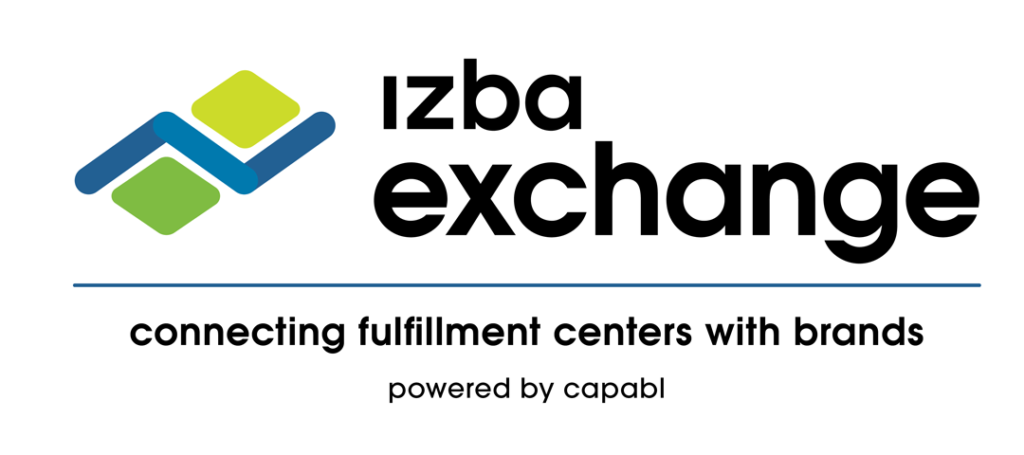Sales tax compliance remains one of the most thorny issues for e-commerce operators in the United States. With different states, counties, cities, and special jurisdictions all having their own rates and rules, it’s no wonder this topic generates a lot of angst and confusion.
The Historical Context of Sales Tax in the United States
Sales tax in the United States has a deep-rooted history, dating back to the Great Depression. During times when income and property taxes were faltering, states introduced sales tax as a means to finance growth. Initially, around 20-25 states adopted sales tax models. Today, 46 states plus the District of Columbia charge sales tax, but the journey hasn’t been straightforward. There was a push for uniformity in the early 2010s, aiming to simplify sales tax rules at the federal level. However, political and logistical challenges, coupled with resistance from small businesses, stopped such federal integrations from materializing.
The Complexity of Multistate Sales Tax Compliance
For e-commerce businesses, multistate compliance is particularly daunting. Sales tax is based on the destination of a shipment, requiring companies to tackle varying rates and rules across approximately 12,000 jurisdictions. Some of these layers include state, county, city taxes, and other special taxing jurisdictions. More often than not, boundaries for these taxes do not align neatly with zip codes, adding another layer of complexity. States like Texas have different rules depending on whether sales are intra-state (origin-based) or inter-state (destination-based). Imagine shipping a product from Houston to Dallas; the sales tax rules applicable can differ significantly from those if shipped to California.
Economic State Tax Nexus and the Wayfair Decision
One of the game-changers in sales tax compliance has been the Wayfair decision decided by the Supreme Court in 2018, which introduced the concept of economic nexus. Under economic nexus, businesses could be obligated to collect and remit sales tax in states where they exceed certain sales thresholds, even without a physical presence. This ruling sent ripples across the e-commerce landscape, catching many small businesses off guard. It further underscored the necessity for specialized software solutions to manage compliance effectively.
Balancing State Tax Rates and Sourcing Rules
Matt Grattan, Head of Partnerships & Sales at Zamp, dissected how businesses must balance tax rates and sourcing rules. He mentioned three crucial components: sourcing, jurisdictions, and the variables affecting the taxation of products or services. With destination-based taxation being the general rule for interstate commerce, companies need pinpoint accuracy. The challenge lies in the numerous jurisdictions where e-commerce transactions may be subject to multiple taxing authorities—each with its own set of rules. This complexity often necessitates advanced technology and reliable sales tax software to ensure rates are precisely calculated and compliant, down to the rooftop level.
Navigating Sales Tax Returns, Refunds, and Subscription Models
Another practical aspect of sales tax compliance revolves around managing returns and refunds. Returns can offset tax liabilities within a specific filing period, but managing returns outside of that period may necessitate amended returns. E-commerce businesses must also consider the specificities of subscription models and digital goods, highly susceptible to varying tax rates and rules. Matt emphasized the importance of setting up a robust system to maintain accuracy and ensure compliance, whether dealing with tangible goods, SaaS, e-books, or newer digital assets such as NFTs.
Choosing the Right Sales Tax Partner
Given the intricacies of sales tax compliance, selecting the right partner is paramount. Matt shared insights from his experience at Zamp, emphasizing the importance of expertise, accuracy, and customer support in choosing a sales tax provider. Avalara and Vertex are known for catering to extensive, international operations, while Taxjar focuses on smaller U.S.-based e-commerce businesses. Zamp positions itself by offering managed solutions with an emphasis on simplicity and integration, targeting a specific market segment. Matt highlighted the importance of cultural alignment between the businesses and their sales tax partners to ensure smooth compliance processes.
Looking to the Future of Sales Tax
The landscape of sales tax compliance is continuously evolving, and businesses must stay vigilant. Upcoming changes, especially related to digital goods, cross-border commerce, and economic nexus activities, will undoubtedly add layers of complexity. However, the conversation shares an optimistic note about future improvements and the potential for a more streamlined, simplified system.
About Zamp
Zamp completely takes sales tax off your plate from start to finish so you never have to touch it again. Their unique approach combines technology & automation with the tailored guidance & support customers are looking for. They set up, configure and monitor your account, which gives you the confidence you are always sales tax compliant. With their developer-friendly API and pre-built integrations, they enable businesses to calculate and aggregate their sales tax across multiple sales channels. Zamp offers a simple pricing model that includes one all-inclusive price for everything – onboarding, support, calculations, registrations and filing. And there are no overage fees!




